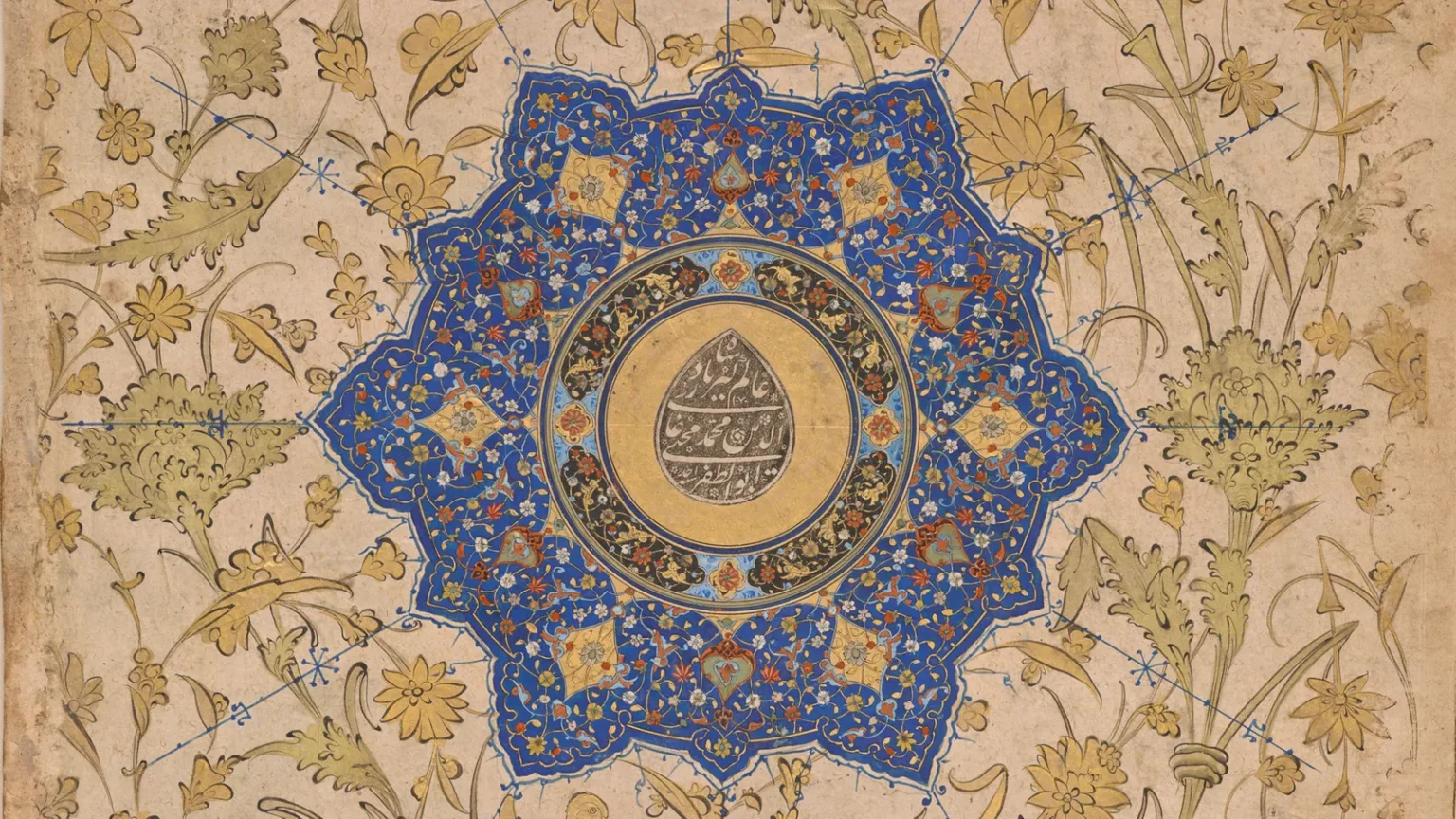According to Cath Pound, there was a time in history when Islamic design permeated every artistic medium. The exhibition In Search of Modernity, originally shown at the Musée des Arts Décoratifs in Paris and now at the Dallas Museum of Art, reveals how Cartier, at the turn of the 20th century, found inspiration in the geometric designs of Islamic art to create a groundbreaking modern aesthetic for fine jewellery.
Cartier’s work continues a centuries-long dialogue between European and Islamic aesthetic traditions. It is a relationship that Olivier Gabet, director of the Musée des Arts Décoratifs, acknowledges in the catalogue has always been “highly political”, with its “mix of fascination, violence and domination”.

Until the advent of the colonial era and the growing influence of the West in the region, Europeans were barred from visiting the Middle Eastern empires except for traders and diplomats.
This, however, started to alter in the nineteenth century. Many North American and European artists settled in the cities of Constantinople (present-day Istanbul), Jerusalem, Cairo, and Marrakech.
They freely blended fantasy and reality, giving local women an exoticized otherness that reflected a sense of Western superiority, especially in paintings of the harem, to which no male would have been admitted.
Despite complaints about the works’ cliched Orientalism, they did much to introduce the beauty of Islamic craftsmanship to a wider audience, something that had previously been of little interest to Western museums and scholars.
The artists may have exaggerated the details of the scenes they depicted, but the objects and artifacts they showed were always spot on. The stylized floral patterns on the tiles and the intricately woven textiles and rugs captivated Western collectors.

The Islamic Arts Museum Malaysia hosted Beyond Orientalism, a Lucien de Guise-curated exhibition on the influence of Islamic art on Western culture, in 2008. That’s what he’s saying on BBC Culture, at least “Masterpieces existed long before the advent of formal education. Previous generations of artists visited these regions, bringing back carpets, weapons, and other artifacts that are now hot commodities on the collectors’ market.”


